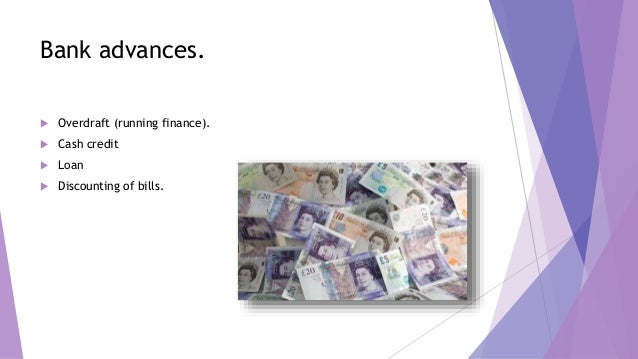Exactly what are your odds of delivering rejected immediately after pre-acceptance? Even if you might have been through the entire process of being […]
Exactly what are your chances of getting denied shortly after pre-acceptance? Even although you possess undergone the process of are qualified and you may recognized, there’s no make sure off last recognition. It is possible to getting pre-recognized and unsuccessfully get the funding to purchase your new home.
The most difficult time for this to happen excellent before closure. Assertion before closure produces a great amount of heartbreak and you may bad feelings.
To cease any heartbreak, we’re extracting the causes an effective pre-acceptance try refuted of the underwriting and the ways to give yourself the new ideal opportunity on effectively obtaining financial support.
All of it starts with knowing the design underwriters and you will lenders operate contained in this. Once we do this, this article dives toward certain tactical causes a mortgage is declined shortly after pre-recognition.
An enthusiastic Underwriters Position

For individuals who realize a number of content on this site, you will notice that the brand new Dolinski Category concentrates on bringing simple structures and ideas in advance of diving on tactical pointers. All of our Lansing real estate professionals trust arming your on the best guidance possible in order to make knowledgeable decisions which might be perfect for your situation.
This post is the same… Before going for the the factors your financial is actually rejected just after pre approval, why don’t we see a high-top build when you look at the borrowing chance study.
If you’re seeking to home financing, there is certainly an underwriter that appears at your monetary picture – credit history, income, field, personal debt levels, debt-to-money proportion, downpayment, mortgage type, and.
The new underwriters work is to help you accept or refuse mortgages according to exposure determined out of a proprietary exposure-research design and you may a great lender’s government arrange for chance.
This means that, a keen underwriter is looking at your condition and are usually calculating a danger rating to you. Such as, a loan provider may assess all potential homebuyers ranging from 0 and 100, in which 100 is the greatest chance and you can zero isn’t any exposure at all.
Given current market criteria, the lender establishes they wish to accept every applicants having a beneficial risk get less than forty. People domestic buyer a lot more than forty gets declined.
Given that a home visitors, all of this means you need to do everything you’ll so you can reduce your recognized exposure get. This provides the better options at the taking acknowledged and getting acknowledged.
You can’t really understand each and every component that goes into figuring one risk rating, but i can say for certain many well-known activities.
Keep this simple think in your mind: simply take actions that reduce your full risk items and get away from people procedures that improve your exposure points.
Improved Financial obligation Account
A 60-year-dated woman are relocating to a lake household for the Haslett, Michigan. She worked hard for decades to save right up this type of currency and try in the end to order their own dream house.
Getting ready for the latest disperse and you will amidst their unique excitement, she discovered herself at the a dealer buying a unique pontoon ship…
Their obligations account improved additionally the obligations-to-earnings ratio was pressed way too high. This is why, she is actually declined the borrowed funds 1 week ahead of closing.
Even though many people can not relate to to order a pond family and the fresh new pontoon vessel, their state is pretty prominent.
Your debt-to-income ratio is a percentage of the money one happens towards obligations. When taking into the latest financial obligation in the place of an increase in your income, your boost your financial obligation-to-money proportion.
Such, let’s say you get $4,000 monthly. Anywhere between playing cards, a car loan, or college loans, you end up using $step 1,000 a month. You’ve got a 25 % personal debt-to-earnings (DTI).